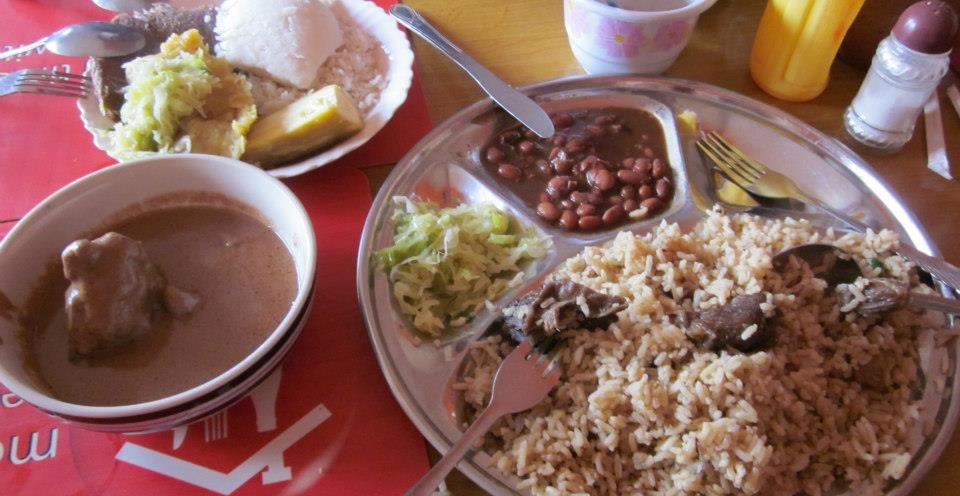Introduction: Ugandan Cuisine
Ugandan cuisine is a fusion of African flavors with Indian and European influences. Ugandan dishes are typically made with a variety of vegetables, grains, and meats. Ugandan cuisine is known for its use of spices and condiments to add flavor to meals. Ugandan condiments and sauces are an essential part of the cuisine, adding unique flavors to dishes ranging from stews to grilled meats.
Overview: Common Ugandan Condiments
Ugandan cuisine is incomplete without the use of condiments and sauces. Some common condiments and sauces in Ugandan cuisine include peanut sauce, kachumbari, simsim sauce, and hot sauce. These sauces and condiments are easy to make and add depth and flavor to dishes.
Peanut Sauce (Groundnut Sauce)
Peanut sauce, also known as groundnut sauce, is a staple in Ugandan cuisine. It is made by blending roasted peanuts, onion, garlic, and tomatoes. It is usually served with starchy foods such as rice, cassava, or sweet potatoes. Peanut sauce is also used as a marinade for grilled meats and vegetables. Peanut sauce has a nutty flavor and a creamy texture that complements the richness of starchy foods like rice and cassava.
Kachumbari (Tomato and Onion Salad)
Kachumbari is a simple and refreshing tomato and onion salad that is commonly served alongside grilled meats or as a side dish. It is made by combining chopped tomatoes, onions, and cilantro. Lime juice and salt can be added for flavor. Kachumbari is incredibly easy to make and adds a fresh and tangy taste to dishes.
Simsim Sauce (Sesame Sauce)
Simsim sauce, also known as sesame sauce, is a thick and nutty sauce that is used as a dip or a marinade. It is made by roasting sesame seeds until they are golden brown, then grinding them into a paste. Simsim sauce is typically used as a dip for grilled meats or as a marinade for roasted vegetables. It adds a nutty flavor and a smooth texture to dishes.
Hot Sauce (Piri-Piri Sauce)
Hot sauce, also known as piri-piri sauce, is a spicy condiment that is made by blending hot peppers, garlic, and vinegar. It is typically used as a condiment for grilled meats or as a dip for starchy foods like cassava. Hot sauce adds a fiery kick to dishes and is a great way to liven up a meal.



